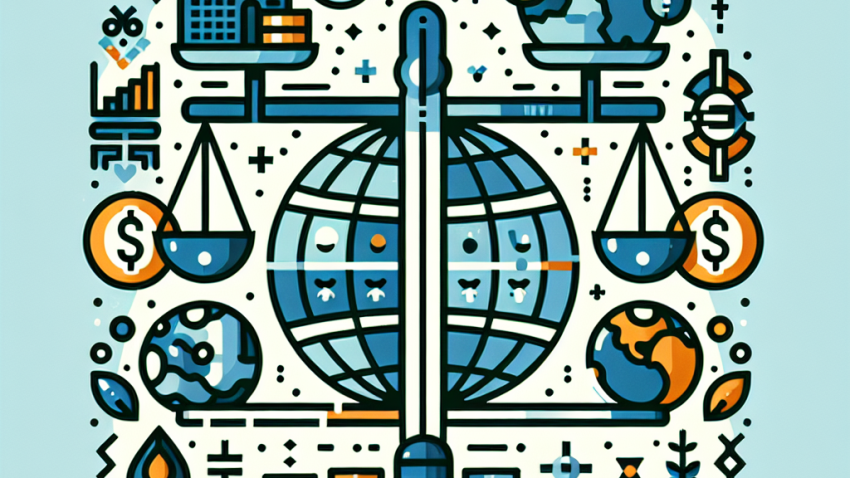
Does the Balance of Payments Still Matter in Global Finance?
The Rise of De-Dollarization: Are Global Markets Ready for a Post-Dollar World?
In the cool, crisp corridors of global finance, few conversations provoke more furrowed brows and cautiously raised eyebrows than the whispers of de-dollarization. Could it truly be? Is the dollar’s century-long reign over international markets finally nearing its twilight years?
I’m Dr. Alistair P. Whitmore, your ever-curious guide through the labyrinth of macroeconomic mechanics. Put on your spectacles, pour yourself a strong single malt (or chamomile, if you’ve had a tough week in the markets), because today we’re dissecting the possible realignment of global monetary order—and whether the world is genuinely ready for it.
Understanding De-Dollarization: A Framework
Let’s begin with the foundational anatomy of de-dollarization. This term refers to a nation’s—or, in some cases, an alliance of nations’—efforts to lessen its reliance on the United States dollar (USD) for international trade, reserves, and financial contracts. It’s not exactly new rhetoric, but recent geopolitical and economic shifts have transformed murmurs into mandates.
Historically, the dollar became the global default currency post-World War II, cemented by the Bretton Woods system and later sustained by the dominant position of the U.S. in trade, finance, and military influence. To replace or even displace this monarch of money is no minor feat.
But why now?
Several converging forces are propelling de-dollarization initiatives, including:
- Geopolitical tensions: Sanctions, especially against Russia and Iran, have catalyzed interest in alternatives to the dollar.
- Economic diversification: Emerging economies want to reduce their exposure to U.S. monetary policy swing volatility.
- Rise of China: As the yuan goes global, many see it as a strategic counterbalance to the dollar.
To quote an old investment bank mentor of mine, “When the U.S. sneezes, the world catches a liquidity crisis.” The temptation to immunize against that is understandable.
Key Players in the De-Dollarization Drive
Make no mistake, de-dollarization is not uniformly adopted across the globe. It is a tale of few active protagonists and many indifferent bystanders. Let’s examine the usual suspects.
China: The Architect of Alternatives
China’s aspirations to internationalize the renminbi (RMB) have moved well beyond financial headlines into the trenches of trade agreements and infrastructure projects. Initiatives such as the Belt and Road and bilateral yuan-based settlement systems signal clear intent. Recently, oil trades between China and Saudi Arabia denominated in yuan sent a subtle but stern message to Washington.
Russia: The Sanctioned Strategist
Post-2014 and more aggressively after 2022, Russia has systematically slashed its dollar holdings, opting instead for gold, yuan, and euro-based reserves. Its moves to set up alternative international payment systems and trade in local currencies with BRICS partners are not just political—they’re practical for economic survival under sanctions.
BRICS and Beyond
The BRICS coalition (Brazil, Russia, India, China, and South Africa) has flirted with the idea of a shared reserve currency, with real operational efforts behind such a proposition kickstarting in recent years. Mercosur and ASEAN, too, have initiated dialogues on reducing reliance on the greenback.
Erosion or Evolution? The State of the Dollar’s Dominance
Now, before you rush to reposition your entire bond portfolio or convert your savings into Swiss francs, let’s examine the current data. According to the IMF’s COFER database, the U.S. dollar still comprised nearly 59% of global foreign exchange reserves as of early 2024—a decline, yes, but hardly a nosedive.
Moreover, roughly 88% of global forex trades involve the dollar. Global commodities—from copper to cocoa—still tend to get priced in USD. The network effects, trust in U.S. regulatory stability, and unparalleled market liquidity continue to drive preference for the greenback.
So, is de-dollarization just noise?
Not quite. But it’s more accurate to describe it as a gradual recalibration rather than an abrupt disappearance. Alternative currencies are creeping into corners once monopolized by the USD. The difference lies in pace and scope rather than inevitability.
Risks and Implications for Global Markets
Whether you’re a portfolio manager in Zurich or a rice trader in Hanoi, the implications of de-dollarization are both systemic and sobering. Let’s explore how:
- Increased Currency Risk: If international contracts are diversified across currencies, volatility could increase for businesses previously shielded by dollar predictability.
- Liquidity Concerns: Alternative currency systems often lack the depth and ease of dollar-denominated marts. This could mean higher spreads, execution risks, or roundabout transactions.
- Shift in Capital Flows: As reserves move away from the USD, U.S. Treasury demand could dampen, potentially raising yields and impacting government deficit financing.
The Technology Factor: CBDCs and Blockchain
No discussion about monetary metamorphosis is complete without a nod to Central Bank Digital Currencies (CBDCs) and blockchain-backed trade settlements. The digitization of national currencies could act as a gearbox for de-dollarization initiatives by facilitating cross-border transfers with negligible intermediation.
For instance, the Digital Yuan is already used in pilot international settlements, with rumors of expansion within the Shanghai Cooperation Organisation (SCO). The future may not rest solely on paper currency, but on programmable ledgers stitched into bilateral trade tunnels.
Is the World Ready for a Post-Dollar System?
Financial readiness aside, one must ask if the world is psychologically prepared for a post-dollar landscape. The dollar has been more than a currency; it has been a benchmark of trust, stability, and rules-based finance. Displacing it requires not just mechanisms, but mountains of credibility—something not easily minted by decree.
As nations flirt with dedollarization, they also tread the fine line of market faith. As any seasoned economic historian knows, trust in a currency is earned slowly and lost overnight. The potential future could be multipolar, certainly. But the immutable laws of confidence economics suggest that transitions will be long, cautious, and meticulously orchestrated—if at all.
Final Thoughts from the Desk of Dr. Whitmore
So, are global markets ready for a post-dollar world? Yes, in ambition. No, in infrastructure. De-dollarization is less about revolution and more about strategic evolution. In the coming decades, expect a world where the dollar remains central—but not singular.
And remember, dear reader, in the grand opera of global finance, even the maestro must eventually pass the baton. Whether the new conductor plays jazz or sings the blues—well, that’s the tune we’ll all dance to.
For more insights on macroeconomic shifts and investment outlooks, visit our About Us or Contact Us pages.

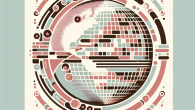
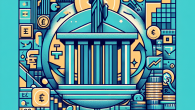
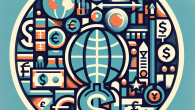

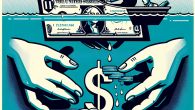



Leave a Reply